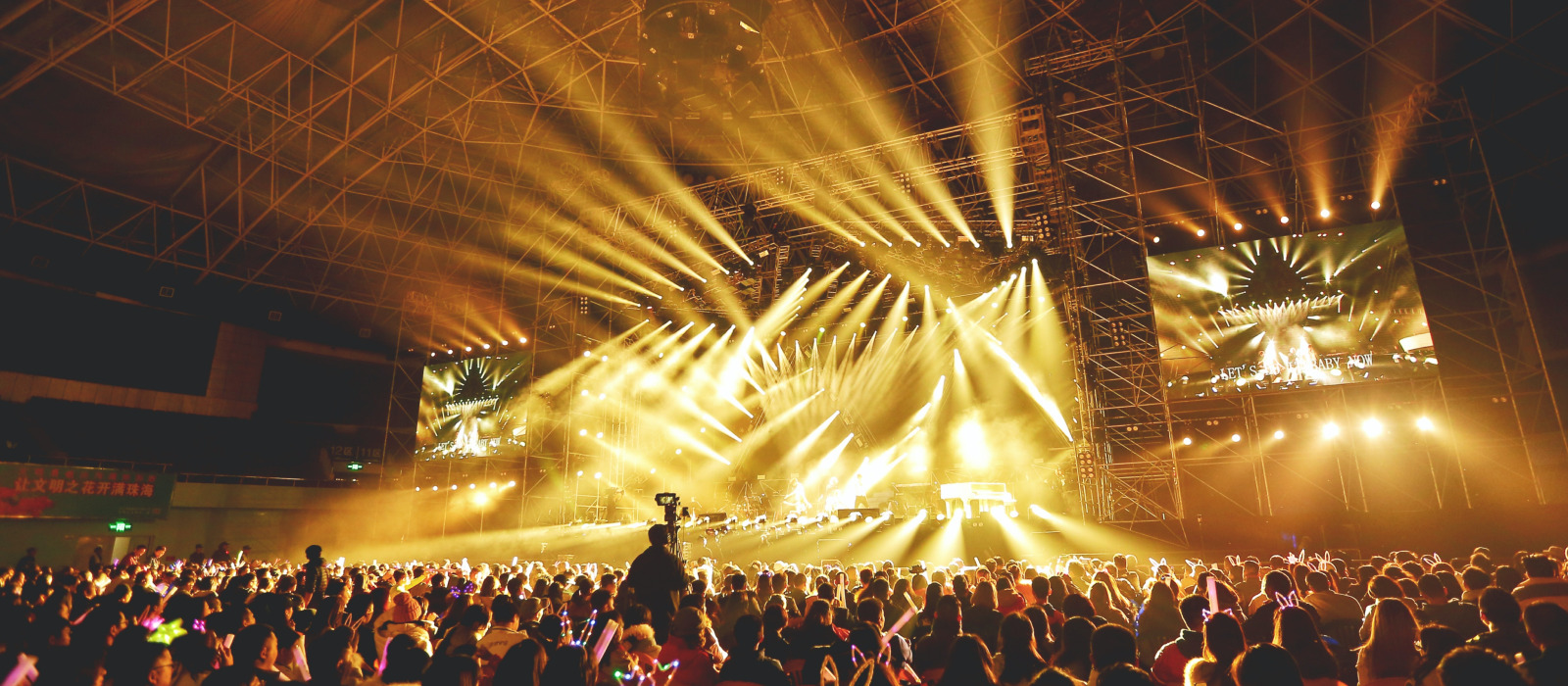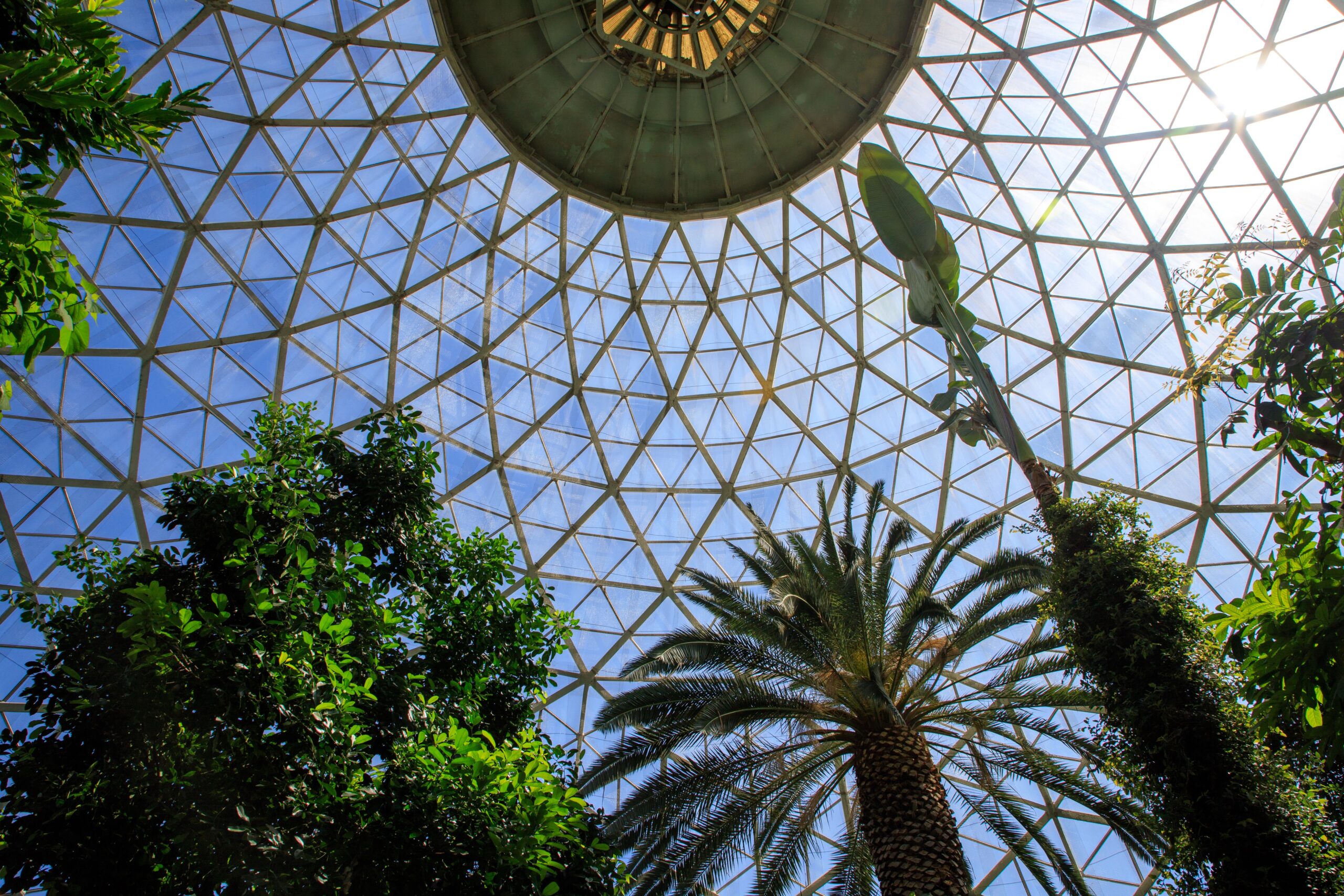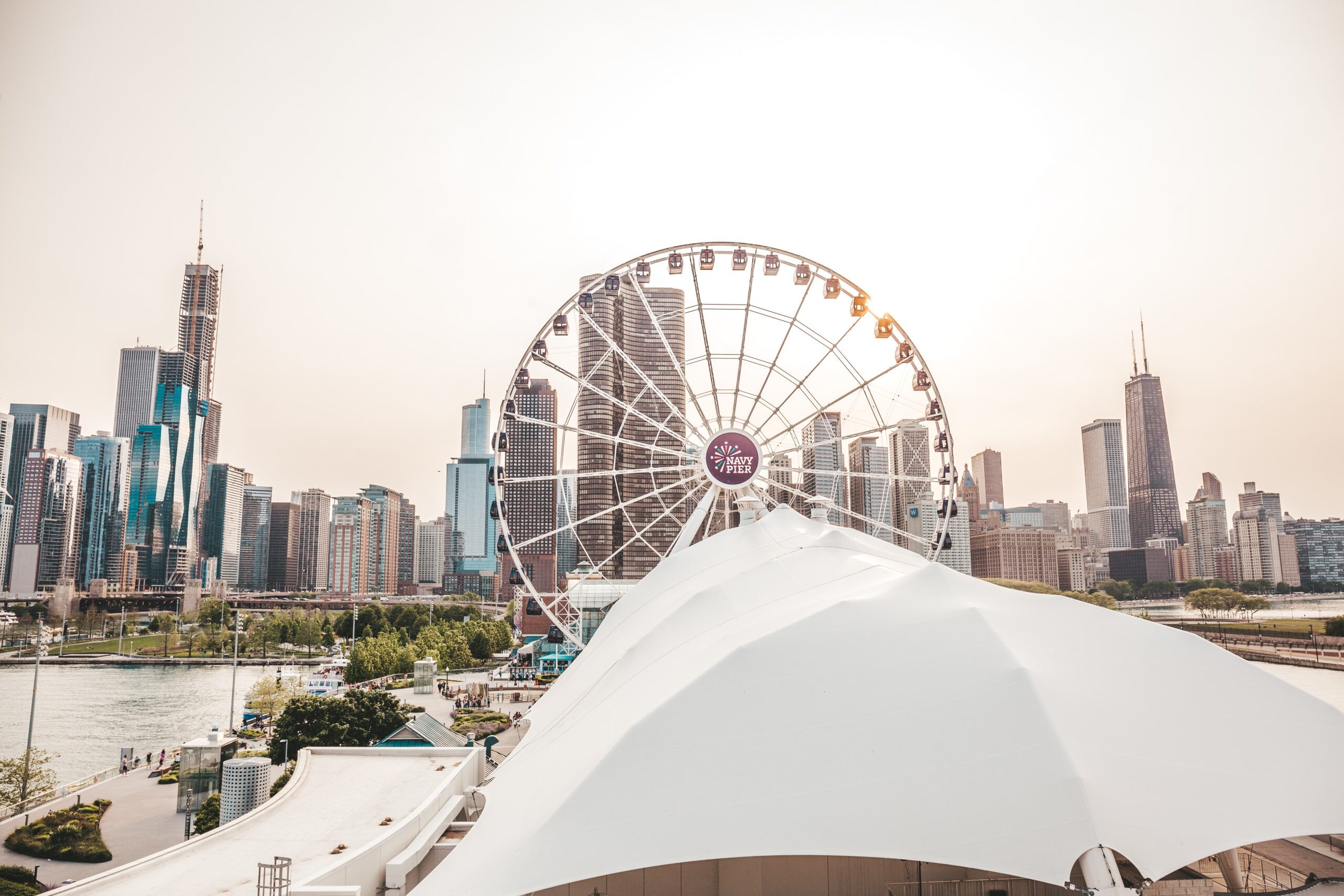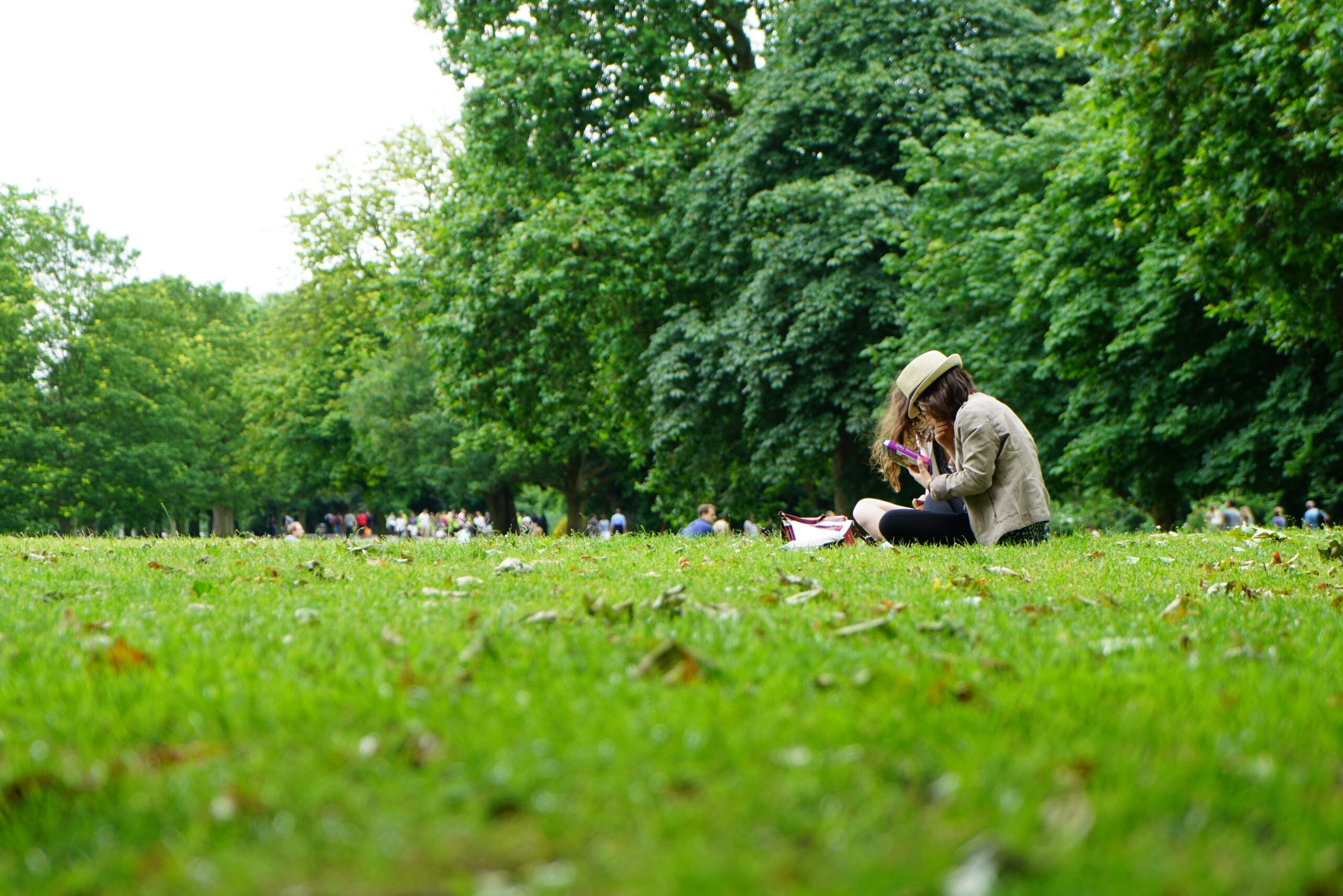
Parks & Recreation
Play is serious business and getting recreational space right the first time takes expertise.
We work directly with consultants, planners, architects and engineers to make sure our parks and recreation clients get extraordinary public spaces.
We support our clients with technical expertise and functions while assembling the right team for design and construction. We’re experts in validating the design and budget forecasting. We help parks and recreation clients get the most out of their investment dollars while ensuring projects stay on track to welcome the public on day one. Over the course of this work, CCS keeps stakeholders informed to demonstrate both ongoing and long-term value.
Highlights
-
150+ recreational projects with an estimated value of $5.5 billion
-
57 stadiums with an estimated value of $4.7 billion
-
220+ outdoor parks with an estimated value of $3.2 billion
-
Numerous adaptive reuse, rails to trails, parks, administration buildings, master planning, and new construction projects for park districts across the nation
Our process
CCS is committed to staying current on all the developments and dialogues that are affecting the parks and rec sector. This is critical so that we raise any issues that may affect a project’s design or cost in a timely manner so that both the Owner & Architect/Engineering teams are able to effectively respond.
Parks & Recreation sector background & challenges




-
During the last cycle, parks and recreation facilities emerged as important public spaces that provided safe, socially-distanced destinations for Americans seeking social interaction, mental health, exercise and comfort. However, a boom in attendance has strained facilities. States saw their tax revenues constrained, just as the general economy did. Federal aid, however, has allowed many to invest in their parks for summer high season and beyond and to tackle their maintenance backlogs.
-
Recently, politicians in Europe and North America have started a dialogue around the New Urbanism concept of the “15-minute neighborhood” — a space where all residents live within a short walk of a good school, rapid transit, a place to buy fresh food and a park. Big cities are looking for opportunities to reclaim space in dense residential areas and create small linear and pocket parks or community gardens in order to mitigate heat island effects and enhance the quality of life. Increasingly, we may see big box stores and malls in suburbs and beyond repurposed for indoor recreation uses such as skate parks, farmers markets and pickleball courts. The rails-to-trails trend will continue; meantime, communities will look to seamlessly connect bike trails and dedicated bike lanes for commuting and recreation.
-
Planners increasingly recognize the value of parks for resiliency. In an era of extreme weather events, park landscapes can help protect against flooding, hold and filter stormwater, produce shade, reduce heat island effects, and promote community spirit and connection. They can also serve another purpose: climate education.
-
Indoor recreation facilities will look to touchless technology, controlled capacity and health and safety protocols to promote wellness. Meanwhile, park systems will look to technology (including drones) to automate cleaning, maintenance, security and landscaping with an eye to controlling operational budgets.
During the last cycle, parks and recreation facilities emerged as important public spaces that provided safe, socially-distanced destinations for Americans seeking social interaction, mental health, exercise and comfort. However, a boom in attendance has strained facilities. States saw their tax revenues constrained, just as the general economy did. Federal aid, however, has allowed many to invest in their parks for summer high season and beyond and to tackle their maintenance backlogs.
Recently, politicians in Europe and North America have started a dialogue around the New Urbanism concept of the “15-minute neighborhood” — a space where all residents live within a short walk of a good school, rapid transit, a place to buy fresh food and a park. Big cities are looking for opportunities to reclaim space in dense residential areas and create small linear and pocket parks or community gardens in order to mitigate heat island effects and enhance the quality of life. Increasingly, we may see big box stores and malls in suburbs and beyond repurposed for indoor recreation uses such as skate parks, farmers markets and pickleball courts. The rails-to-trails trend will continue; meantime, communities will look to seamlessly connect bike trails and dedicated bike lanes for commuting and recreation.
Planners increasingly recognize the value of parks for resiliency. In an era of extreme weather events, park landscapes can help protect against flooding, hold and filter stormwater, produce shade, reduce heat island effects, and promote community spirit and connection. They can also serve another purpose: climate education.
Indoor recreation facilities will look to touchless technology, controlled capacity and health and safety protocols to promote wellness. Meanwhile, park systems will look to technology (including drones) to automate cleaning, maintenance, security and landscaping with an eye to controlling operational budgets.


